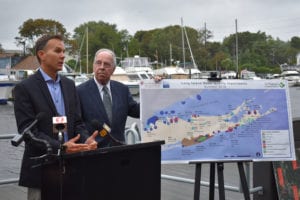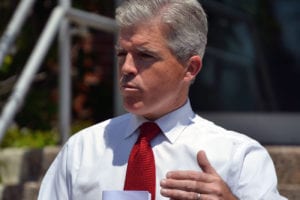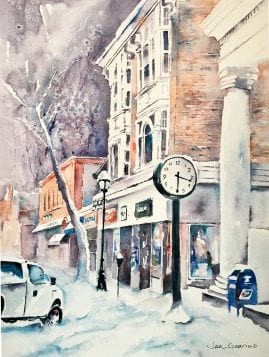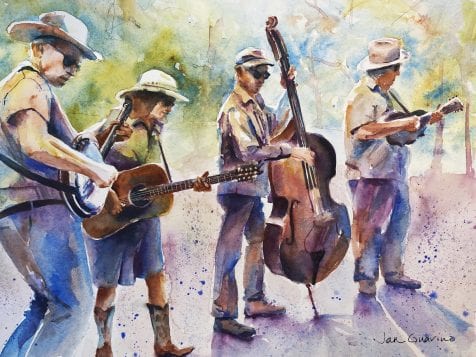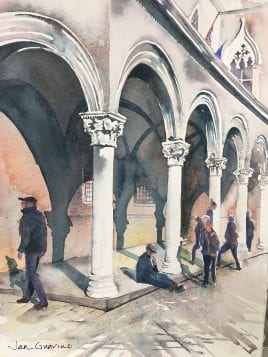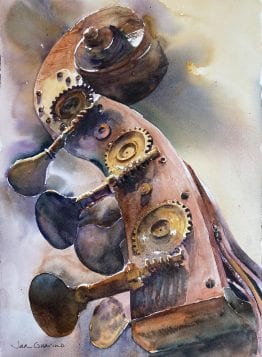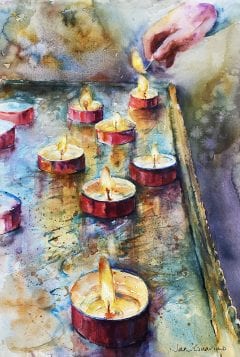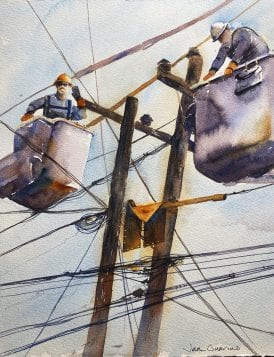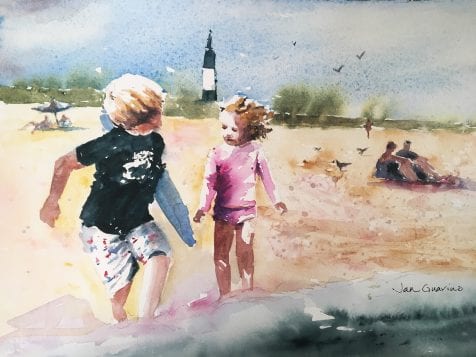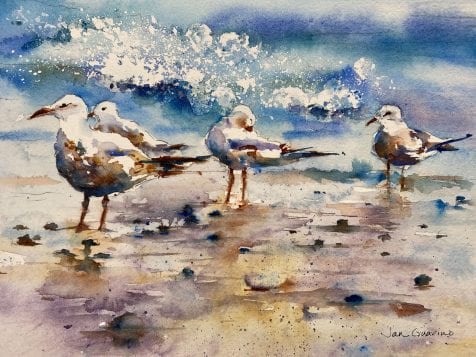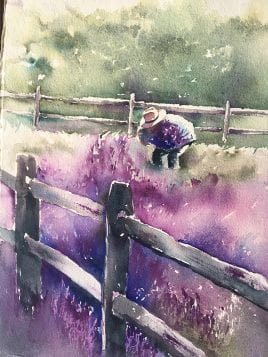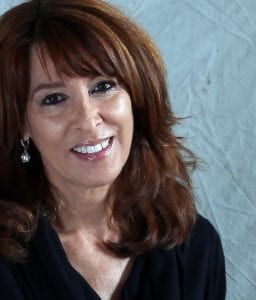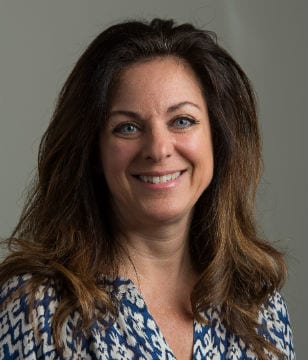By Daniel Dunaief

Like it or not, ready or not, we will be starting August at the end of this week. That means many students and faculty will be returning to college, for those schools that are welcoming students back to campus and for however long those young learners will be allowed to remain there.
So, what should be on the shopping list?
Well, for starters, the kids will need masks and abundant quantities of hand sanitizer. Sure, colleges are promising to have some of each scattered around the facilities students will have to take turns using, but, to the extent we can find and afford it, we should include these health care items on our packing list.
They’ll probably need their own thermometers, just so they can respond, at a moment’s notice, to the question of how they are feeling and whether they’ve had any fever. In fact, they should carry the thermometer to every class.
Of course, this often isn’t sufficient in the age of COVID-19, in large part because so many people, particularly those who are our children’s age, don’t have a fever even if they are carriers and potential super-spreaders of the virus.
They’ll also need plenty of cleaning supplies because they may prefer to clean their rooms and common spaces like bathrooms themselves or because schools may be reluctant to send other people into their suite or hallway bathrooms.
We might want to add a laminated card that includes critical phone numbers and addresses. If they are far enough from home, they might need a safe place to stay in case they have to vacate campus immediately, like an antiseptic barn or a never-used cabin in the woods. They also might need to know the name and phone number of a local doctor or a doctor from home who can talk them through any medical challenges through telemedicine. Waiting at university health services, urgent care facilities, or hospitals may create undo stress and raise exposure to the virus.
Now, how many weeks or months of clothing to pack has become a matter of opinion. Some people, like my daughter, are listening to their school suggestion and are planning to pack for a total of three weeks. In that case, one or even one-and-a half suitcases may be sufficient.
Okay, what else? Well, they’ll need electronics and chargers, so they can do most of their work from their dorm room or a pre-reserved room in a library or any other space students can reserve that is cleaned in between study sessions.
Given that the gym, where they might go to run or lift weights, is likely on restricted hours or is only available for school athletes, they might also want to bring a few light weights, just to get some exercise in the room.
Even though they may only be there for three weeks, they’ll need plenty of air freshener and bug spray. If these students and their roommates spend most if not all of their time in their rooms, they may eat most, if not all, of their meals in this small space. Unless they take regular, exercise-inducing trips to remove their trash, the leftovers will likely start to smell within a few days, particularly in hotter rooms that don’t have air conditioners.
These students will also need cameras and plenty of memory in their electronic devices. If they only get three weeks or less of time on campus, they’re probably going to want to document as much as possible of their campus life, before they do all of their learning remotely.
Oh, and they might need a few notebooks, pencils and pens. Then again, if they do everything online, those antiquated items might be unnecessary in a year of unknowns.



